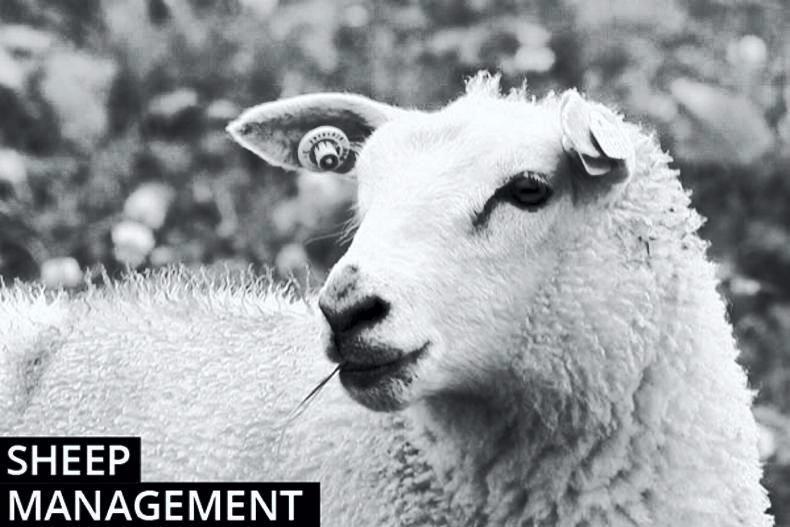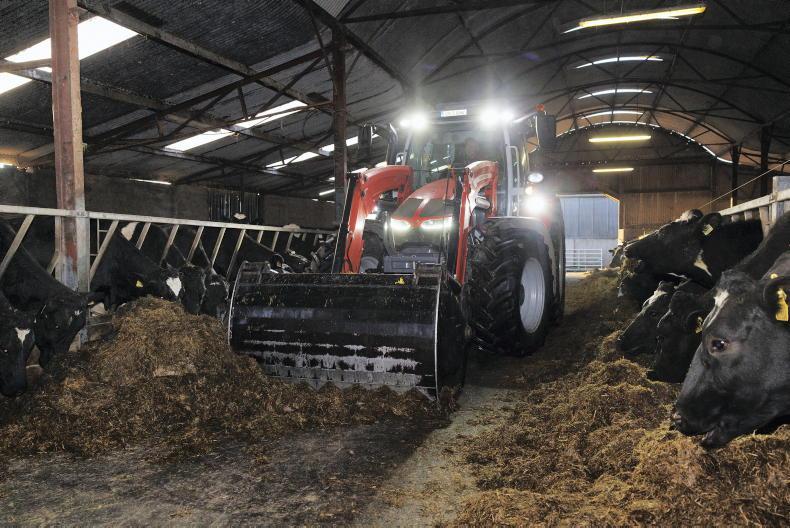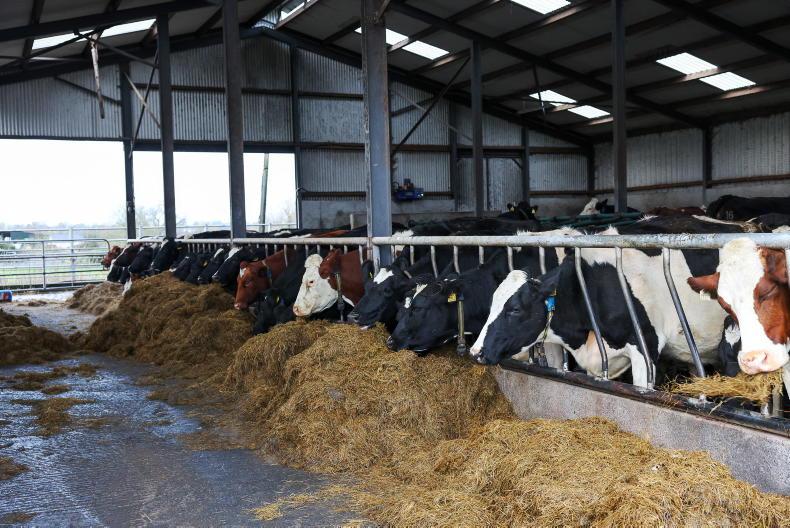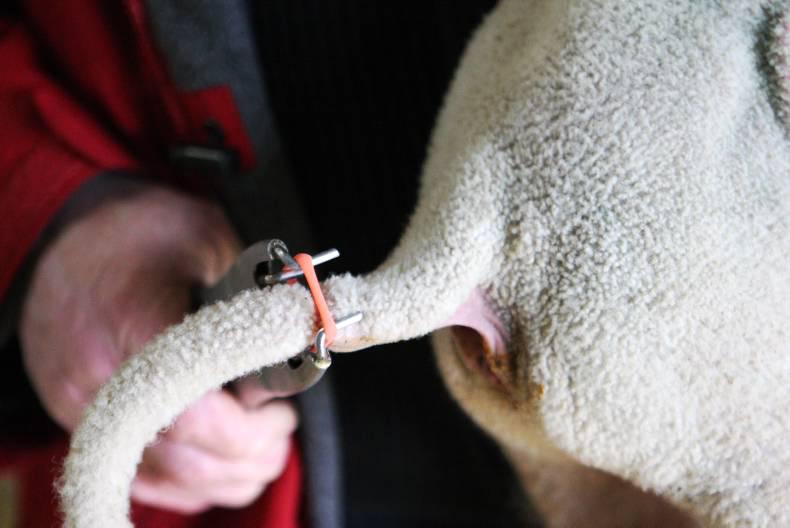Conditions remain variable across the country with some flocks in the east reporting ewes in excessive body condition while others in the west and north, where grass utilisation has been poor and supplies are diminishing, are reporting ewes coming under pressure in recent weeks.
Feeding levels should be based on ewe body condition.
Research has shown that a small level of weight loss in mid-pregnancy can have a positive effect on placental development and ensure optimum delivery of nutrients to the foetus(es).
However, for this to happen, ewes must be in a position that can afford a reduction in body condition and remain on target to enter late pregnancy in a body condition score of 3+.
It is also important to limit weight loss to 5% of body weight as a period of severe undernourishment and weight loss will have the opposite effect, leading to poor placental development.
Fat ewes
For fat ewes with a body condition score of 4+, these ewes can afford to lose half a condition score or 4kg to 6kg bodyweight. This weight loss should be gradual and take place over a period of time.
Access to average quality grass or supplementing with silage of 65DMD to 68DMD will generally suffice. For ewes in optimum BCS of 3.5 to 3.75, the aim here should be to feed to maintenance or slightly below.
Using these ewes to clean off paddocks or offering good-quality silage from 68DMD to 70DMD will work fine.
Lower condition
The last category is ewes falling into a BCS of 2.5 to 3. The target here should be to improve condition as doing so in late pregnancy will be difficult.
These ewes, which should only make up a very small percentage of the flock, should be offered preferential access to grazing or the best-quality silage.
Where either of these are limiting, alternatives such as feed buckets or concentrates will need to be considered.
A small level of feeding now will pay dividends in late pregnancy. Many hill flocks are still in the early stages of gestation. It is important in these flocks to ensure that a high plane of nutrition is continued for the first three to four weeks of pregnancy to ensure optimum attachment of the embryo to the wall of the uterus and maximise litter size.
Read more
Sheep management: target market for Christmas
Sheep management: clostridial booster
Conditions remain variable across the country with some flocks in the east reporting ewes in excessive body condition while others in the west and north, where grass utilisation has been poor and supplies are diminishing, are reporting ewes coming under pressure in recent weeks.
Feeding levels should be based on ewe body condition.
Research has shown that a small level of weight loss in mid-pregnancy can have a positive effect on placental development and ensure optimum delivery of nutrients to the foetus(es).
However, for this to happen, ewes must be in a position that can afford a reduction in body condition and remain on target to enter late pregnancy in a body condition score of 3+.
It is also important to limit weight loss to 5% of body weight as a period of severe undernourishment and weight loss will have the opposite effect, leading to poor placental development.
Fat ewes
For fat ewes with a body condition score of 4+, these ewes can afford to lose half a condition score or 4kg to 6kg bodyweight. This weight loss should be gradual and take place over a period of time.
Access to average quality grass or supplementing with silage of 65DMD to 68DMD will generally suffice. For ewes in optimum BCS of 3.5 to 3.75, the aim here should be to feed to maintenance or slightly below.
Using these ewes to clean off paddocks or offering good-quality silage from 68DMD to 70DMD will work fine.
Lower condition
The last category is ewes falling into a BCS of 2.5 to 3. The target here should be to improve condition as doing so in late pregnancy will be difficult.
These ewes, which should only make up a very small percentage of the flock, should be offered preferential access to grazing or the best-quality silage.
Where either of these are limiting, alternatives such as feed buckets or concentrates will need to be considered.
A small level of feeding now will pay dividends in late pregnancy. Many hill flocks are still in the early stages of gestation. It is important in these flocks to ensure that a high plane of nutrition is continued for the first three to four weeks of pregnancy to ensure optimum attachment of the embryo to the wall of the uterus and maximise litter size.
Read more
Sheep management: target market for Christmas
Sheep management: clostridial booster









SHARING OPTIONS